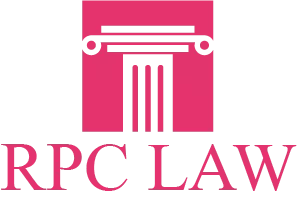A claimant’s familiarity with the procedures used during resolution of a personal injury claim could increase his or her chances for winning a fair and favorable settlement.
The procedure starts with the gathering of evidence
Taking pictures of the accident scene and of any damage to property.
Keeping copies of all paperwork: That would include all bills, along with any stubs from paychecks, or from a parking lot at a medical building.
How to time the actions that signal the arrival of a specific point within the established procedure?
Do not file a claim until your injuries and medical conditions have stabilized. Claimants can recognize their arrival at that point by consulting with their treating physician. He or she should indicate the patient/claimant has reached to point of maximum medical improvement (MMI).
Do not delay taking action for so long that the deadline stated in the statute of limitations has passed. Check with a Personal Injury Lawyer Richmond Hill, in order to learn whether or not you might have grounds for seeking an extension of that same deadline.
Steps in procedure
Submission of a demand letter: This should offer support for the submitted claim.
Await response to demand letter: That response might take the form of a denial of coverage, or a refusal to accept liability. Claimants that have received such a response should consult with a lawyer. The nature of the answer to the claimant’s letter might serve as grounds for a lawsuit.
If a claimant were to receive a reasonable offer, typically one well below the demanded amount, then that would signal the start of negotiations. Both sides would negotiate about the size of a possible settlement. There is no guarantee that the start of negotiations represents the promise for achievement of a settlement.
The exchange of offers could stall at any time. Insurance companies often utilize stalling tactics, by failing to answer a counter offer from the opposing party. In that case, the party that has demanded compensation should ask for an explanation, regarding the absence of an answer.
If the talks do stall, then the claimant should work with a lawyer, in order to plan the next move. The lawyer-client team might need to pursue a lawsuit in civil court. Alternately, that same team might elect to initiate a proceeding that would take place in small claims court.
What might determine the team’s choice?
That choice would be determined by the size of the demand that was made in the claimant’s letter. If that demand were to fall above a certain amount, then the necessary action would involve filing a lawsuit in a civil court. Otherwise, a resolution to the dispute should be sought in a small claims court.
